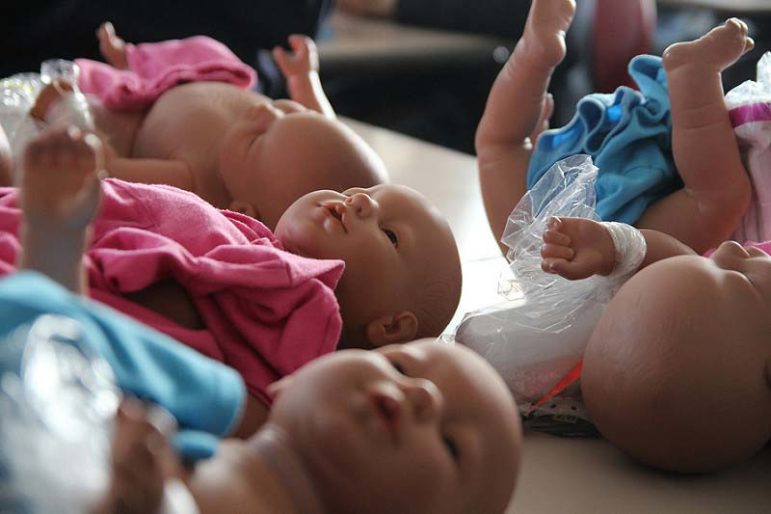
August 26, 2016; Wall Street Journal
The findings from a study performed in Western Australia and published in The Lancet medical journal last week should remind us that just because we think a social intervention should work does not mean it will; in fact, it might make the problem worse.
So it was with those creepy robotic faux babies, developed by NASA engineer Rick Jurmain and assigned to teenage girls to simulate the stress of mothering an infant. As it turns out, not only do such programs not prevent pregnancy, but they actually cause rates to increase.
“The program was supposed to put students off, and then they would take extra steps not to get pregnant,” said Sally Brinkman of the Telethon Kids Institute in Western Australia, an author of the study. “Unfortunately, and surprisingly for us, the intervention we can say definitely didn’t work and it actually seemed to increase the pregnancy rates. It just didn’t really work in putting the students off.”
Sign up for our free newsletters
Subscribe to NPQ's newsletters to have our top stories delivered directly to your inbox.
By signing up, you agree to our privacy policy and terms of use, and to receive messages from NPQ and our partners.
The program is in use across the globe, administered by churches, schools, and community groups in 89 countries. RealityWorks, the name under which Jurmain manufactures the dolls, claims that 67 percent of school districts in the U.S. use them.
The study was performed on an adaptation of the U.S. RealityWorks program, known in Australia as Virtual Infant Parenting (VIP). The study looked at 3,000 schoolgirls aged between 13 and 15, half of whom received standard sex education and the rest of whom were assigned robo-babies in a parenting exposure program. (RealityWorks Chief Executive Timm Boettcher says that the program where the study was conducted was being carried out improperly.)
According to medical records for the girls up to 20 years of age, the robo-baby-exposed girls had a pregnancy rate of 17 percent by the time they turned 20, compared with 11 percent among those who didn’t. Other, earlier, smaller studies also found no positive effects on pregnancy prevention. Lastly, the girls who cared for the artificial surrogates showed signs of being slightly less likely to terminate their pregnancies than those who did not.
As for why this reverse correlation might have occurred, Brinkman said many of the girls reported that caring for the infants was a positive experience overall that brought families together.—Ruth McCambridge













